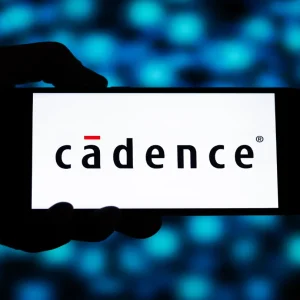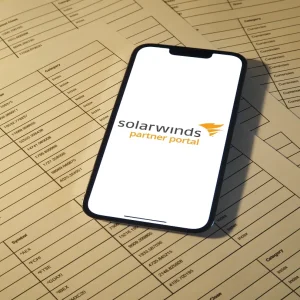
Microsoft has announced updates to its Power Platform business intelligence and app development software to give businesses more options to develop low code apps and functions including, the company claims, the ability to generate a new app based on a paper sketch.

Revealed today as part of the company’s Build 2022 developer conference, Microsoft says the additions, which include tools aimed at both novice programmers and experienced developers, will help make Power Platform “the world’s most comprehensive low code development platform”.
In its announcement, the company cites research from IDC, which says more than 500 million apps will be created over the next five years. “This demonstrates the speed at which organisations and developers need to be adapting,” said Scott Cunningham, MSFT’s vice president for power apps. “We’ll only achieve the pace and scale we need if we can continue to shorten the distance between a challenge and a solution.”
Microsoft Power Platform: what has been updated at Build 2022?
The new functions include Express Design, which Microsoft says allows users to instantly generate low code apps directly from images or files. Users can sketch out a process on a piece of paper or whiteboard, then take a picture of it and upload it to Express Design. The AI-powered system can then convert this into a low code app or function which can be refined by the user.
Microsoft Power Pages is another update aimed at more advanced low code web design. A new design studio has been launched as part of this to allow business users to create website pages and functions easily, while Microsoft Dataverse is described as a scalable low code data platform which allows regular business users to analyse website traffic data.
For more experienced coders, Power Pages includes a visual studio which allows developers “to code advanced capabilities using JavaScript, Liquid templates, code components, and web APIs,” said Charles Lamanna, corporate vice president for business applications and platform at Microsoft.
“With these tools, professional developers can securely interact with underlying business data and implement custom business logic, all without leaving the surface of their favourite developer tools,” Lamanna said. “Microsoft Power Platform command line interface also helps developers easily download and upload their customisation projects.”
All the new functions are available in preview from today.
The rise of low code systems
Low code tools are increasingly popular among businesses, either as a way to get non-technical staff to build digital tools, or as a time-saver for professional development teams. The 2021 State of Low Code report published by vendor Mendix shows that 77% of the 2,025 IT professionals surveyed said they have already implemented low code solutions within their organisations.
Microsoft will be hoping to grab a slice of a market that is projected to grow fivefold from $13bn in 2020 to $65bn by 2027, according to figures from Brand Essence Research.
Microsoft is not the only big tech company developing low code tools. Google has a suite of its own, App Maker, while Amazon's AWS launched Amplify Studio, a low code development platform, in December.






